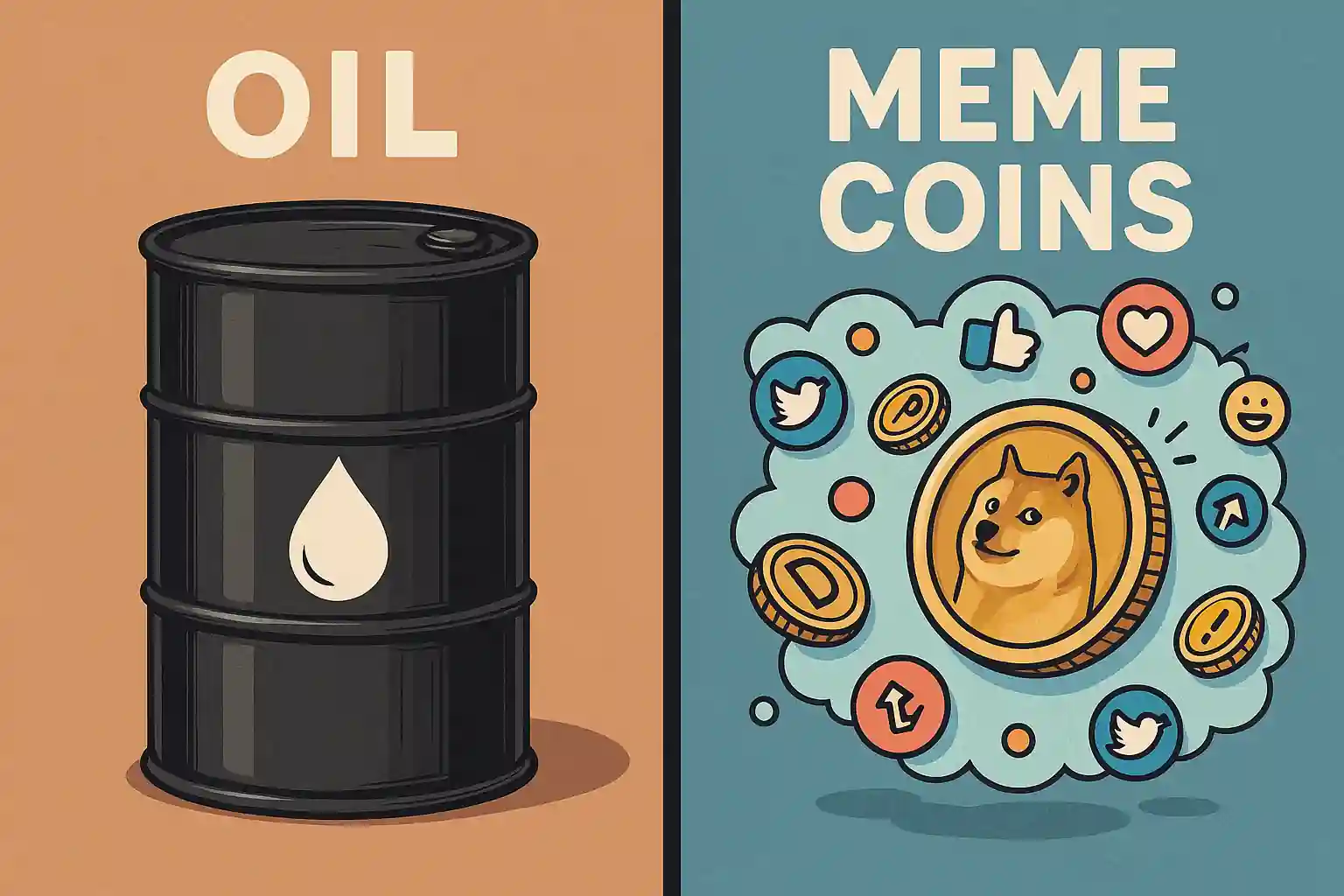Crude Oil Hit Negative Prices—But What Did That Mean?
In 2020, crude oil prices briefly dropped to an unimaginable low: negative $40 per barrel.
This moment shocked markets and confused consumers, many asking—how can oil be worth less than zero?
The explanation lies in the world of commodity futures.
On this episode of Stocks in Translation, host Jared Blikre explores the details with veteran oil trader Dan Dicker.
Their conversation unpacks how crude oil trading works and what happens when financial instruments collide with real-world storage limits.
Why Crude Oil Went Negative in the First Place
Crude oil prices didn’t go negative because oil lost all value.
The drop happened because futures contracts were expiring, and no one wanted physical delivery.
During the early pandemic, demand plummeted, storage tanks filled up, and traders panicked.
They paid others to take oil off their hands—literally paying to avoid delivery.
This technical quirk highlights just how complex the crude oil market is behind the scenes.
What It Meant for Consumers and the Economy
While crude oil plunged to negative territory, gas prices at the pump didn’t follow directly.
Consumers didn’t suddenly fill up their tanks for free.
The temporary dip was a futures market phenomenon, not a reflection of retail oil supply.
Still, the event exposed major vulnerabilities in global energy logistics.
It also led to tighter regulation and greater awareness of how fragile crude oil markets can be.
Crude Oil, Clean Energy, and the Inflation Reduction Act
Now, years later, the oil market is still feeling the aftershocks.
Dan Dicker explained how U.S. policy—particularly the Inflation Reduction Act—interacts with fossil fuel dynamics.
The Act includes $370 billion in clean energy incentives.
This is reshaping long-term demand for crude oil, creating uncertainty for traders and producers alike.
Meanwhile, political resistance continues to slow the full rollout of renewable infrastructure.
The oil industry is in transition, but fossil fuels remain deeply embedded in the economy.
How to Understand Energy Markets as an Investor
For retail investors, crude oil can be a tricky sector.
It’s driven by geopolitics, weather, supply chains, and government policy—all at once.
Stocks like ExxonMobil or Chevron may seem safe, but they’re still tied to crude oil volatility.
Commodity ETFs and futures offer more direct exposure but come with added complexity.
That’s why shows like Stocks in Translation are helpful: they cut through the chaos.
The Takeaway From the Negative Oil Price Episode
Negative crude oil pricing was a once-in-a-generation anomaly—but one worth studying.
It revealed the fragile infrastructure behind global energy markets.
As the world pivots toward clean energy, crude oil remains a central player—both economically and politically.
And understanding its behavior helps investors make smarter, long-term decisions.




